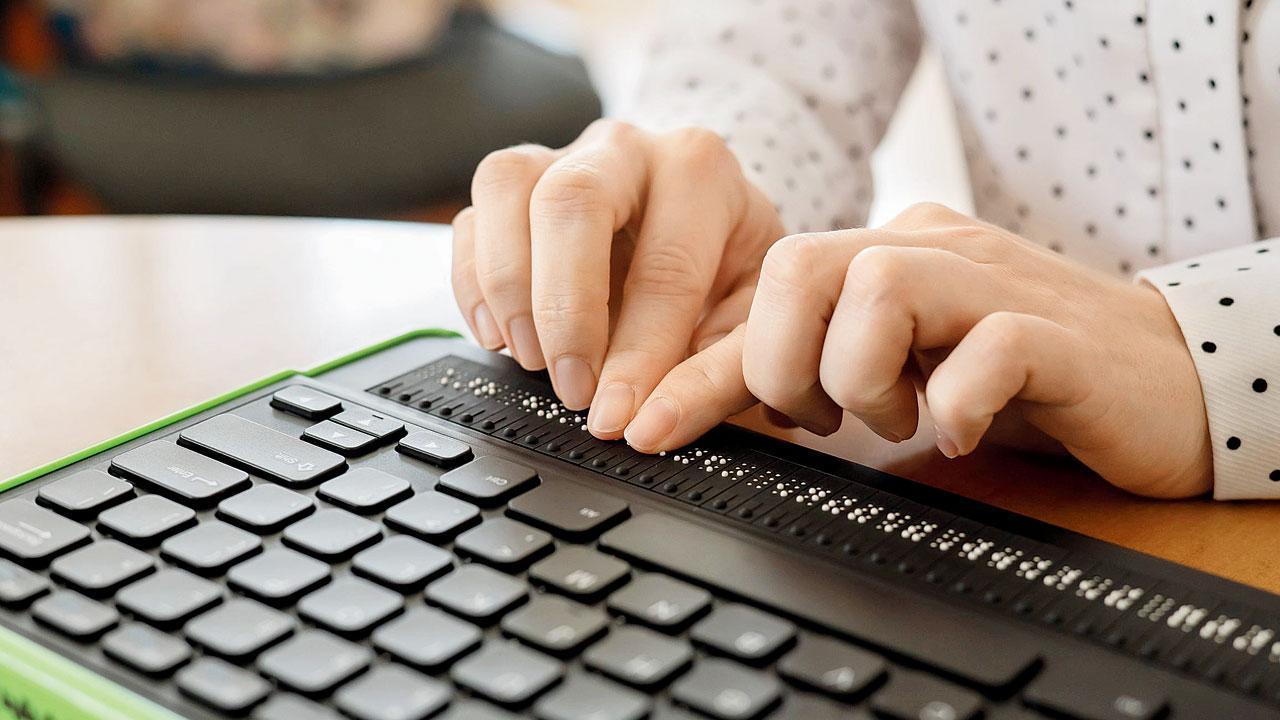Home / Mumbai-guide / Things To Do / Article /
Experts explain the need for digital and infrastructural inclusivity for Indians
Updated On: 17 May, 2023 08:23 AM IST | Mumbai | Tanishka D’Lyma
Ahead of Global Accessibility Awareness Day that falls on May 18, city experts speak about the need for digital and infrastructural inclusivity

PwDs can benefit off digital products that offer access to audiobooks, online resources for braille and other services
Global Accessibility Awareness Day is celebrated annually on the third Thursday of May to encourage inclusive designs, utilities and access to digital spaces for Persons with Disabilities (PwD). In an age where almost everything is online, most digital products do not serve everyone’s requirements yet. To mark the day, Sarthak Educational Trust (SET) will host an online talk titled Breaking Barriers: Ensuring Accessibility for All on YouTube to help us understand the current status of digital and physical accessibility in India.

Corporates must ensure accessibility needs of employees are met




